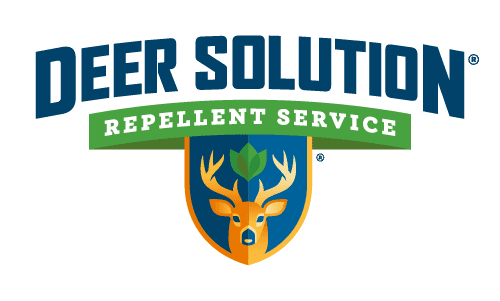In Bucks County, Pennsylvania, a dynamic environmental narrative is unfolding. The county, renowned for its natural beauty, faces a growing ecological challenge – managing its burgeoning deer population while protecting diverse plant life.
This delicate balance is a pressing concern for environmentalists, gardeners, and policymakers alike.
Rising Deer Population and Its Ecological Impact
The Pennsylvania Game Commission’s latest report presents a startling reality – a 12% increase in deer harvests from the previous year, with 422,960 white-tailed deer harvested in the 2022-23 season. This uptick in population is particularly pronounced in Bucks County, indicating a thriving deer population but also signaling potential ecological imbalances.
Seasonal Challenges: Deer-Plant Interactions in Bucks County
The interaction between deer and plant life in Bucks County undergoes a seasonal transformation. Fall, a period marked by deer mating and territorial behavior, coincides with increased vulnerability for young and newly planted flora.
As food becomes scarce in the colder months, deer venture further into human-dominated areas, heightening the risk of plant damage. This seasonal pattern underscores the intricate relationship between wildlife behavior and plant conservation.
Strategies for Effective Deer Damage Control
In response to these challenges, experts like Margaret Pickhoff, a commercial horticulture educator, advocate for proactive measures. She suggests “exclusion” as the most effective strategy, emphasizing the importance of proper fencing, ideally over 76 inches tall, to deter deer.
For those where fencing is not an option, alternative deterrents, such as specialized sprays, are recommended, though they require regular reapplication to maintain effectiveness.
A Broader Perspective: Balancing Ecological Health with Plant Protection
The situation in Bucks County is a microcosm of a larger global issue – balancing ecological health with the need for plant protection. The thriving deer population, while a sign of a healthy ecosystem, poses challenges for maintaining plant diversity.
This scenario necessitates a nuanced approach that respects wildlife while safeguarding botanical interests.
Community Engagement and Policy Making
The deer dilemma in Bucks County extends beyond ecological considerations; it also involves community engagement and policy-making. Local authorities, environmental groups, and residents are increasingly collaborating to find sustainable solutions.
Public awareness campaigns, community forums, and policy initiatives are crucial in this regard, facilitating a collective approach to wildlife management and plant conservation.
Long-Term Implications and Future Directions
As Bucks County confronts these environmental challenges, it sets a precedent for other regions facing similar issues. The lessons learned here could inform broader strategies in wildlife management and environmental conservation.
Research into deer behavior, habitat preservation, and innovative plant protection methods will play a pivotal role in shaping the county’s ecological future.
Bucks County’s experience highlights the complexities of managing wildlife populations in tandem with preserving plant life. It’s a narrative of balancing ecological needs with human interests, requiring informed decision-making and community involvement.
As the county continues to navigate this challenging landscape, its efforts serve as a valuable model for others in similar situations.










